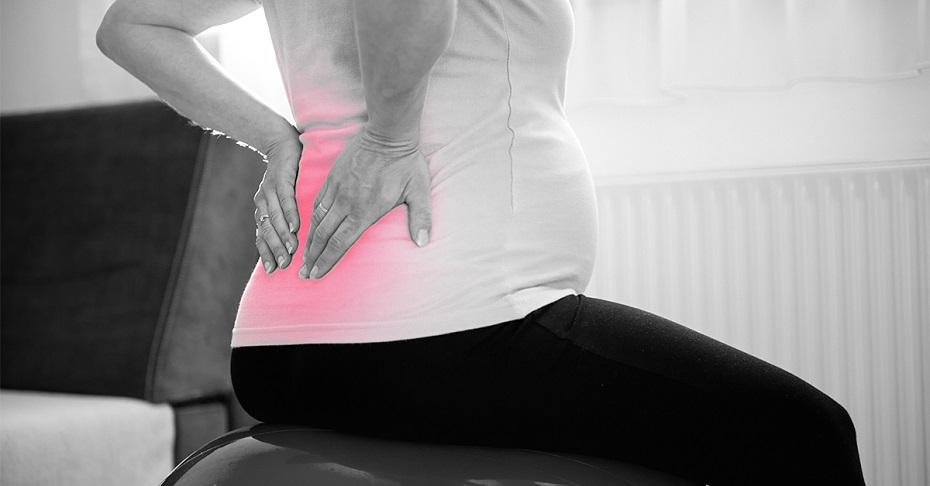According to the EPISER study of the Spanish Society of Rheumatology (SER), approximately 80% of the population suffers back pain at some point in their lives. However, if this ailment is not treated in time or the right way, this punctual pain can become chronic.
What Can Be the Origins of Back Pain?
This pain may appear for different causes, but in most cases, its origin can be avoidable:
A bad posture is taken repeatedly or for a certain period.
A muscle contraction or ligaments.
A disorder in the biomechanics of the locomotive system.
A sedentary lifestyle and lack of exercise can cause overweight, which will have an effect on the distribution of weight in our body, causing an overload.
What is Postural Hygiene?
Having good postural hygiene means you have to take care of your posture. Most of the time, back pain can be prevented simply by reducing pressure and burden on the spine through different activities, always advised by a specialist doctor, designed to compensate for the accumulation of daily tension in the muscles as a result of poor body posture and stress.
Over time, bending and shrinking shoulders when you walk or sit can cause your muscles, tendons, and ligaments to unbalance. When this imbalance occurs as a result of bad posture, you can start experiencing headaches, and shoulder and back pain. But, by acquiring good postural hygiene, you can prevent these pains and discomfort and even help reverse some of the effects.
How to Achieve the Ideal Posture?
When standing but still, your body can give signals such as pain or punctures to warn you that you must maintain a correct posture. To correct it, we recommend the following:
– Stay straight with your shoulders down and backward.
– The chin should be kept parallel to the ground and the ears aligned with your shoulders to keep the head level and the spine completely stretched.
– The hips should be kept level.
– Place your feet apart at the height of your shoulders. You should also make sure your weight is distributed between the two feet.
– Keep your hands hanging naturally on the sides with your palms in.
Like when you’re standing, your body can also give you signs to be aware of your posture when you’re sitting. The difference is that the signs will come from the lower part of your body. It’s always a good idea for an expert to analyze your position at work to maintain optimal postural hygiene.
How to Achieve the Ideal Position at Work?
– Make sure the chair is tight so your feet are flat on the ground and your knees are kept at a 90-degree angle. You must avoid crossing your legs.
– Make sure there’s a small space between the back of the knees and the seat.
– Be sure that your chair fully adopts the natural spinal position.
– As in a standing position, the top of your head should be parallel to the ceiling and your chin to the ground.
– Make sure your shoulders are relaxed and not raised or rounded.

